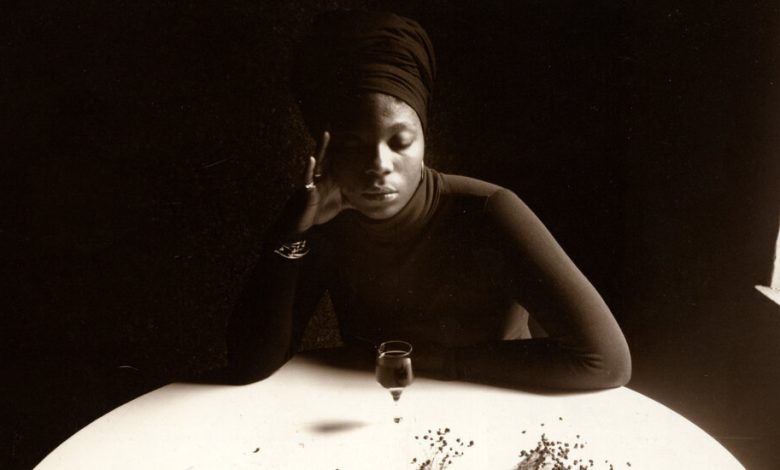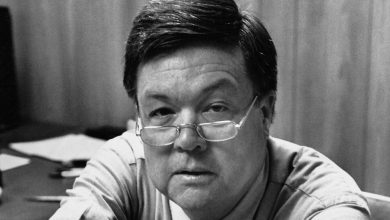Ray Francis, Celebrating Blackness

In the late 1970s, in Montreal, photography students were obsessed with getting deep blacks — “max black” — in our prints, squeezing the full range of tones out of our black-and-white photo paper. Knowing that light meters were designed to average a scene out to gray, we recalibrated ours to make the shadows in our shots as darkly lush as an Ansel Adams moonrise.
Few of us realized there might be more to blackness than a lack of light. We didn’t understand that in the right hands, the deep, deep blacks might speak to far more than a darkroom technique — to issues of race and segregation.
Four hundred miles south of us, in New York, Ray Francis was printing shots that had the bold shadows we were striving for. Thirty-two of his prints are on view now in “Waiting to Be Seen: Illuminating the Photographs of Ray Francis,” at the Bruce Silverstein gallery in Chelsea, a posthumous show that is Francis’s first solo presentation. He died in 2006, at 69.
In 1963, he helped found the Kamoinge Workshop in New York, a collective dedicated to “photography’s power as an independent art form that depicts Black communities,” according to the Workshop, which is furthering its mission today. The photos on view at Silverstein suggest that, in the circle of Kamoinge, depicting Black people was likely to involve thinking about black tones in a print.
Francis’s images, with their reflections on race, seem to get a special energy and power because of their links to art photography that cared so deeply about the darkness in a black-and-white print.




